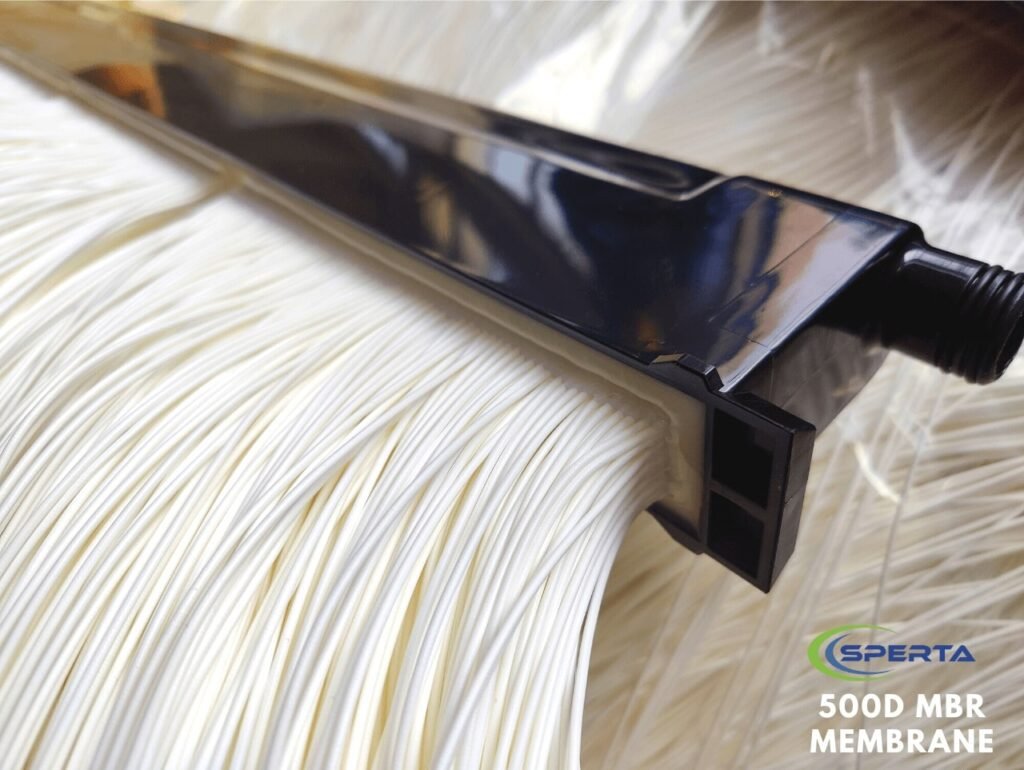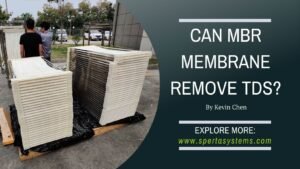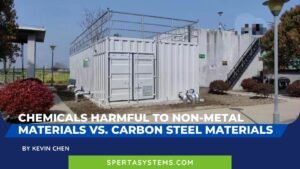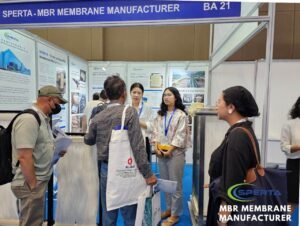MBR technology is known for efficiently separating solids from wastewater using membranes. However, membrane permeability, or the rate at which water passes through the membrane, can vary and impact system performance. Let’s explore the key factors that influence MBR membrane permeability.
- Membrane Fouling
Membrane fouling is a primary factor affecting permeability. Fouling occurs when particles, microorganisms, or other substances accumulate on the membrane surface or within its pores. This accumulation reduces the available pathways for water to pass through, decreasing permeability. Effective fouling control strategies, such as regular cleaning and maintenance, are essential to maintain optimal permeability.
- Transmembrane Pressure
Transmembrane pressure (TMP) is the pressure difference across the membrane and plays a significant role in permeability. High TMP can lead to membrane compaction and a reduction in pore size, limiting water flow. Monitoring and controlling TMP within an acceptable range are critical to preserving membrane permeability.
- Membrane Material and Pore Size
The choice of membrane material and its pore size is another crucial factor. Different membrane materials have varying permeability characteristics. Additionally, the size of the pores can impact the types of particles and substances that can pass through. Selecting the right membrane material and pore size for the specific application is essential for achieving the desired permeability and separation efficiency.

In conclusion, several factors can affect MBR membrane permeability, including membrane fouling, transmembrane pressure, and membrane material characteristics. Managing these factors effectively is essential to ensure consistent and efficient wastewater treatment in MBR systems. Proper maintenance, monitoring, and membrane selection are key strategies for maintaining optimal permeability and system performance.
While several factors can influence MBR membrane permeability, the choice of membrane supplier can also significantly impact. In this section, we’ll explore the advantages of SPERTA Membrane and how it can contribute to maintaining and enhancing membrane permeability in MBR systems.

Why Choose SPERTA MBR Membrane?
Enhanced Fouling Resistance: SPERTA Membrane is engineered with advanced fouling-resistant properties. Its surface characteristics and design minimize the adhesion of particles and microorganisms, reducing the risk of fouling. This enhanced fouling resistance translates to longer-lasting, high-performance membranes with improved permeability.
High Permeability and Flux Rates: SPERTA Membrane is known for its high permeability and flux rates. Its precisely designed pores allow for efficient water flow, resulting in excellent permeability. This ensures consistent and reliable performance and contributes to lower energy consumption in MBR systems.
Tailored Solutions: One of the significant advantages of SPERTA Membrane is its ability to provide tailored membrane solutions. Whether you require membranes with specific pore sizes, materials, or configurations to address unique wastewater challenges, SPERTA Membrane can offer customized solutions to optimize permeability and overall MBR system efficiency.

Conclusion
Incorporating SPERTA Membrane into your MBR system can provide several advantages, including enhanced fouling resistance, high permeability, and tailored solutions. These benefits contribute to maintaining and improving membrane permeability, ensuring efficient and reliable wastewater treatment in MBR systems. When selecting membrane suppliers, considering the advantages offered by SPERTA Membrane can play a vital role in achieving optimal MBR performance.








